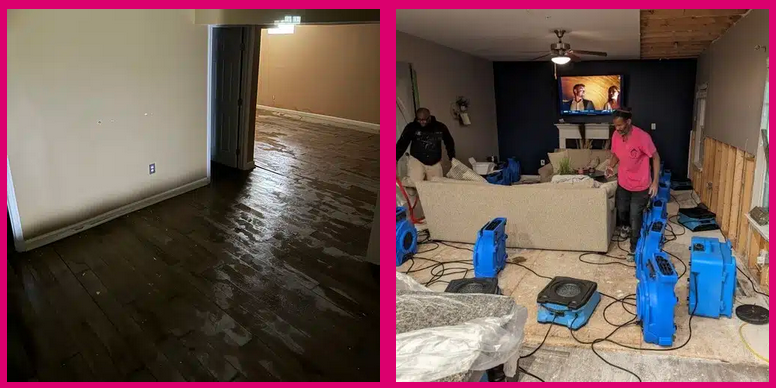5 Common & Widely Prevalent Myths About Fixing Water-Damaged Homes
Water gets in where it shouldn’t, and suddenly things feel upside down. A soggy rug, warped wood, stained ceilings—yeah, not exactly a great surprise.
What’s even worse? All the stuff people say is just wrong. You know the ones. Advice that sounds smart but ends up making things worse. This happens a lot after water damage. So, before grabbing the mop or calling your cousin who “does handyman stuff,” it’s worth clearing up the myths floating around.
The truth is, calling a home restoration service early saves a lot of stress. Let’s break down what’s fact and what’s fiction.

Top Misconceptions About Repairing Water-Damaged Homes You Must Know
Myth 1: If It Looks Dry, It’s Dry
Feels dry, looks dry, must be fine—right? Not quite. Water loves to hide. It seeps into walls, under tiles, behind cabinets. Just because you don’t see puddles doesn’t mean things aren’t wet where it counts.
That’s the catch. What stays damp turns into mold city real quick. And once that starts, the cost and effort shoot up. Hiring a home restoration service can help detect hidden moisture and make sure everything’s dry, not just what you can see. That makes a huge difference in stopping future damage before it even starts.
Myth 2: Let Nature Handle the Drying
Open a window, run a fan, wait for the sun—sounds simple. But water damage doesn’t care about fresh air. Sure, it helps a little, but it’s not enough.
The moisture trapped deep in materials? Still there. Professional dryers, air movers, and dehumidifiers go where breezes can’t. Leaving it up to nature might end in nasty surprises later on.
Myth 3: Bleach Is the Mold Killer
Big one here. Bleach gets talked up like some magic fix. On smooth surfaces, sure, it can help. But soft stuff? Porous areas? Not happening. Mold roots itself into drywall, wood, and carpets. A spray won’t cut it.
Proper cleanup needs more than bleach. It takes a full-on approach that only a water restoration service can bring—removal, drying, treatment, the whole deal.
Myth 4: Anyone Handy Can Fix Water Damage
Having someone handy around is great for shelves. But water damage is another level. There’s moisture to remove, mold to stop, structural stuff to check, and electrical safety to worry about.
Fixing this mess right means experience, gear, and a full plan. A quick patch won’t help much if the floorboards are still damp underneath or mold starts creeping up a week later.
Myth 5: Insurance Will Cover Everything
If only. Insurance is tricky. Some policies cover busted pipes but skip flood water. Others want specific evidence or fast reporting. Waiting too long to call or missing steps might lead to a denied claim.
Getting a legit crew on-site helps. They handle documentation, photos, and reports that insurance companies ask for. Saves a ton of back-and-forth later.
So, What All This Boils Down To?
Water does its damage quietly, and the longer it’s left, the worse it gets. Thinking it’ll dry out, that bleach will handle it, or that it’s “not that bad” leads to real headaches. Trust gets built when people learn from others’ missteps.
Conclusion
Whether it’s a busted appliance or a basement flood, myths only delay what really needs doing. So if water hits hard, don’t wait. Get someone who knows how to restore, not just repair. Peace of mind starts with doing things right, not fast or cheap. And yeah, busting these myths is a solid first step.





Leave a Reply